The wife of a Murdoch executive has been missing since the Sixties – will her body now be found?
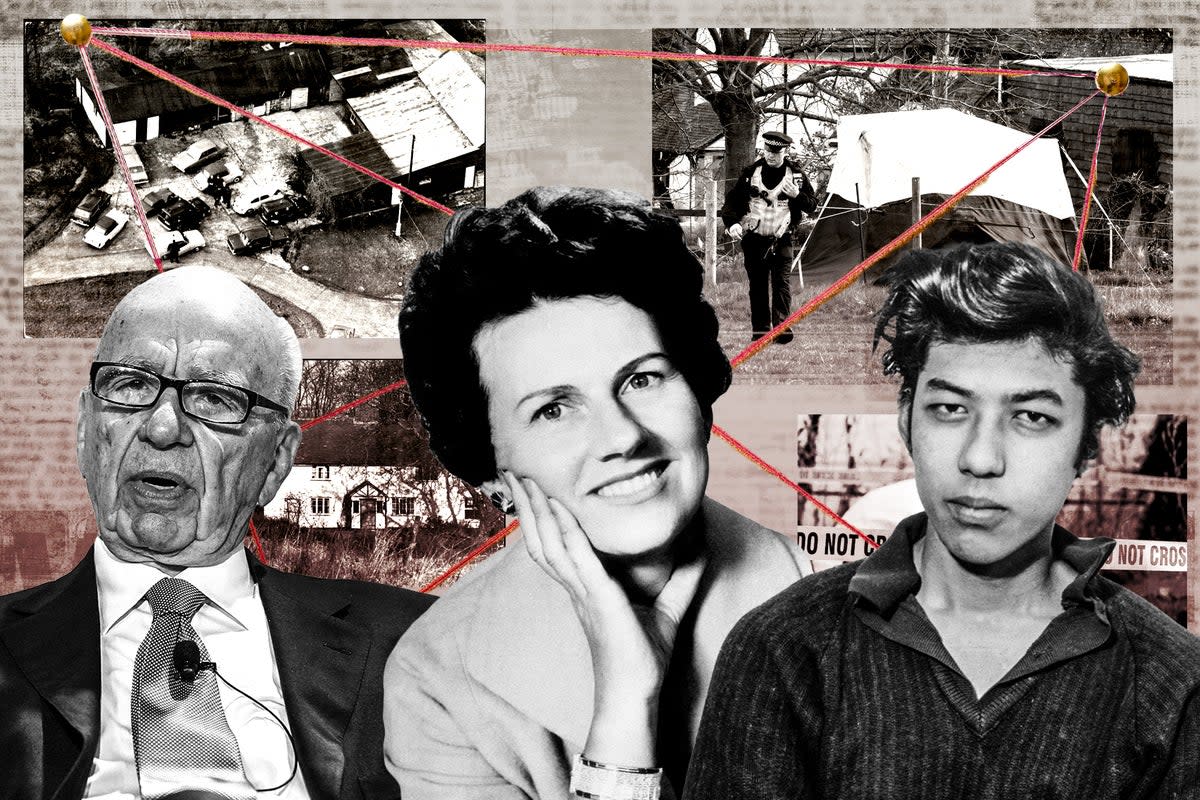
Earlier this year, Dianne McKay, who is in her eighties, was preparing to fly to London from her home in Majorca and then join her son Mark Dyer on the plane to Port of Spain, Trinidad. Once there they would finally come face to face with the only man left alive who knows the truth about what happened to Dianne’s mother, Muriel McKay.
More than 50 years ago, Muriel was abducted from her Wimbledon home. She was never seen alive again and her body has never been found. Two brothers were convicted of her murder and only one of them, Nizamodeen Hosein, is still alive – now released from prison and living back home in Trinidad.
Finally, he agreed to meet the family of the woman he killed and, for the first time, reveal where her body is buried. Packing and preparing for a journey that was as emotionally challenging as it was physically demanding, Dianne told me: “I have people in my family who are saying, ‘Why do you believe him, he’s lied all these years’. But I just say this is how I feel, and this is what I want to do. It’s about my mother – what would you do if it was your mother?”
When Alick McKay arrived home from work in a chauffeur-driven Rolls-Royce on 29 December 1969, he found his wife gone, and a scene of chaos in the hallway. The inner front door of their rather grand house in Arthur Road, Wimbledon had been forced open, the phone yanked from its socket, and a lethal-looking machete – a billhook – left on the side with a ball of twine.
Alick was a newly appointed deputy chair of the News of the World, and a close colleague of the rising media tycoon Rupert Murdoch, who would give him use of his Rolls if he was out of the country. His wife Muriel was then aged 55 and the couple, who had met and married in their native Australia, relocated to the UK to be nearer to their three adult children, Jenny, then aged 32, Dianne 29 and Ian, 27.
After spending Christmas with their daughters’ young families, Alick and Muriel had returned to their London home and Muriel attended a planned dental appointment in Upper Wimpole Street. Little did she know that two men would be waiting for her on her return later that afternoon. They would abduct her, in the mistaken belief that they were kidnapping Rupert Murdoch’s wife Anna.
Nizamodeen Hosein, of Trinidad Indian heritage, had only been in the UK since June, joining his brother Arthur who had been living here since the mid-1950s, spending some time in a psychiatric hospital. Arthur was a creative tailor, dressed sharply and had a history of violence and sexual mistreatment of women. There was another Hosein brother, Adam, who lived in London and would later move to Miami, becoming embroiled in organised crime. While he was never convicted, Dianne McKay is convinced that Adam was perhaps even the “mastermind” of what happened next to her mother.
Nizamodeen was living with Arthur and his family by the winter of 1969 – Arthur’s success as a tailor had enabled him to buy Rooks Farm in the Hertfordshire village of Stocking Pelham. In growing financial trouble, Arthur was volatile – sometimes amusing and engaging and at other times unpleasant and boastful. He drove a Volvo and owned a shotgun which he had modified, sawing off the barrels.
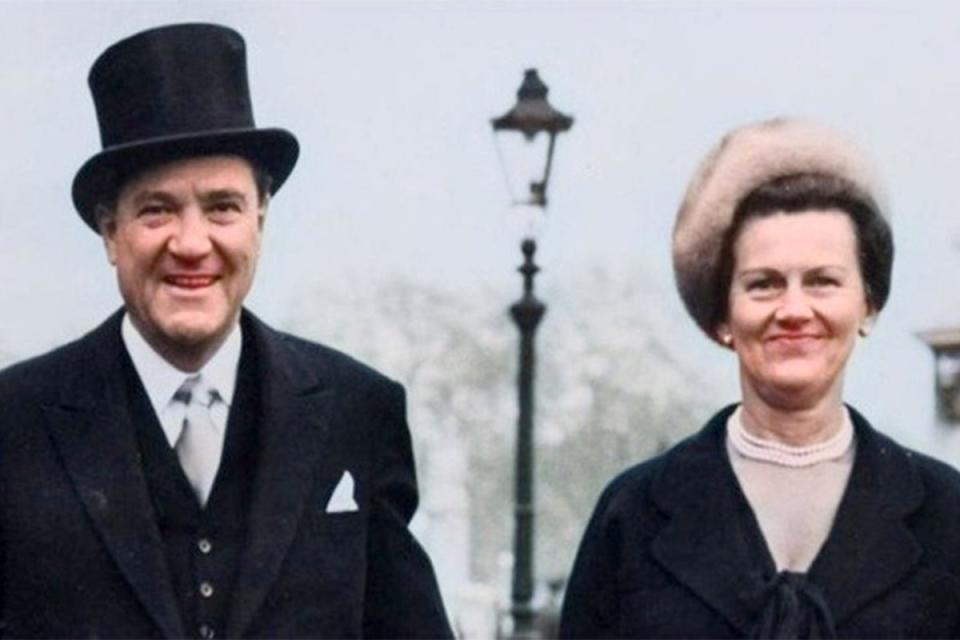
Later it would be alleged that he and Nizamodeen had dreamed up the idea of abduction after seeing Murdoch interviewed on television by David Frost. Scouting his offices, they saw his Rolls-Royce and, noting the number plate, Nizamodeen went to County Hall to get a home address. They appear to have followed the Rolls back to Arthur Road, Wimbledon, not realising the occupant was Alick McKay and not Murdoch.
Persuading themselves that this was where Anna Murdoch lived, they returned there in the late afternoon of 29 December and mistakenly accosted Muriel as she arrived home. We don’t know exactly what happened or when they realised their mistake. There was a scuffle in the hall, some jewellery was taken from upstairs, and Muriel was bundled into the back of their Volvo and driven the two hours to Rooks Farm and held there while Arthur’s family were away in Germany for Christmas.
Alick immediately contacted the police and for the next five weeks, the kidnappers and the police tried to outsmart each other. Calls made to Alick’s home from phone boxes were recorded by the police as the kidnappers demanded £1m (around £18m today). “This is Mafia Group 3. We are from America. Mafia M3. We have your wife … you will need a million pounds by Wednesday … we tried to get Rupert Murdoch’s wife, we couldn’t get her, so we took yours instead.”
There was a flurry of demands and then days of silence. The kidnappers made Muriel write notes which were sent to the McKay’s home, though they never gave any proof of life: “Alick Darling, I am blindfolded and cold. Only blankets. Please do something to get me home.”
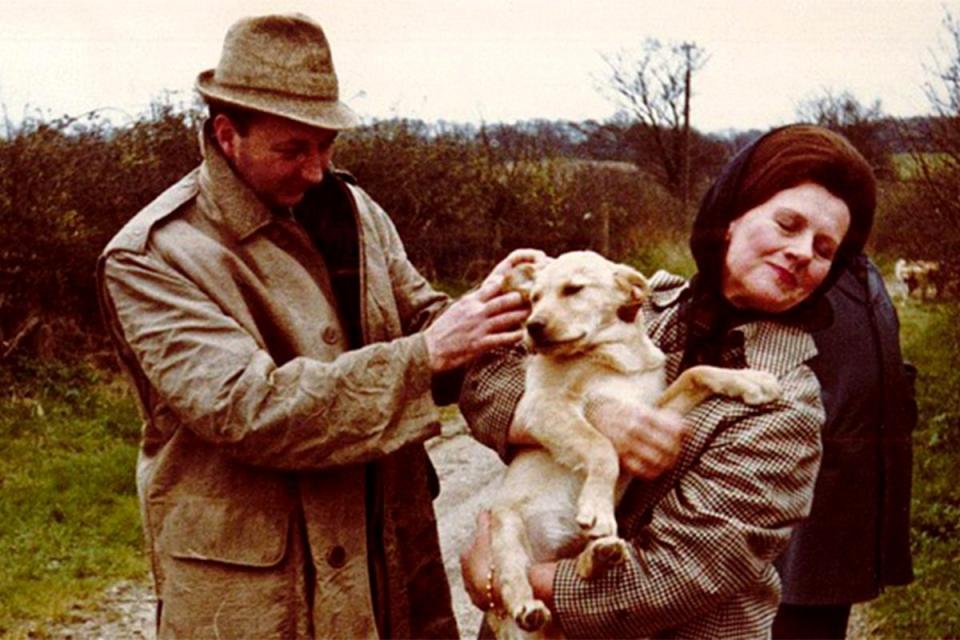
For her husband, each wait between calls was agonising. The senior Met Police officer leading the investigation advised him to accept that he would never see his wife again, but calls would come again, handovers of cash were negotiated, reduced sums accepted and traps set. The gang wanted Alick and his daughter Dianne present in drop-offs.
On one occasion a male officer had to dress up as her because there were no available female officers. Clues were left in phone boxes; paper flowers were left as markers at the side of the road. On a separate occasion, two suitcases of money (mostly blank sheets) were left to lure the kidnappers, but passers-by saw them and reported the cases to the police.
Eventually, the Volvo was spotted, and its registration number led police to the farm where Arthur and Nizamodeen were arrested. But there was no trace of Muriel, and the brothers gave nothing away. Police searched the 12-acre site and had to build their case against the brothers from some fingerprints, handwriting on notes and from Nizamodeen’s visit to County Hall.
After an Old Bailey trial, a year later, Arthur and Nizamodeen Hosein were convicted of kidnap, blackmail and murder, despite their not guilty pleas and a body never being found. At one stage Arthur wanted Nizamodeen to join him in blaming the kidnap on Murdoch’s business rival, Robert Maxwell. Nizamodeen refused.
Curiously, the jury’s guilty verdicts came with a rare request to the judge to show leniency to Nizamodeen, because he seemed in fear of Arthur. The judge, however, wrote afterwards that he saw little distinction between the two as to their wickedness.
It had been an unusual murder trial, in that there was no body recovered, and no real explanation for what had happened. The Hosein brothers’ guilt was established by circumstantial evidence. The circumstances of Muriel McKay’s death and the disposal of her remains are still a mystery.
I have people in my family who are saying, ‘Why do you believe him, he’s lied all these years’. But I just say this is how I feel, and this is what I want to do. It’s about my mother – what would you do if it was your mother?
Arthur Hosein died in 2009 without ever revealing his guilty knowledge and spending his last years in Ashworth Secure Hospital. His younger brother Nizamodeen, now aged 75 (he was 21 when he participated in the abduction) was released in 1990 after 20 years in prison, and deported straight back to Trinidad where he has lived, humbly, ever since. He is banned from returning to the UK.
Dianne McKay remembers when she last saw Nizamodeen in 1970, looking across at him in the dock from the witness box during her testimony at the trial. “I hated him,” she says, vehemently. “I can’t tell you how much I hated him and his brother.”
And now? “He is a sad old man, such a sad, old person. He wants to help.”
Dianne was not initially intending to make the trip to Trinidad. It had been arranged by her son Mark Dyer – a property investor who was just six when his grandmother disappeared and will turn 60 this year. Hoping that Nizamodeen could finally lead them to Muriel’s body said: “This has haunted me since I was a kid. I mean I am programmed to hate this guy, to want to destroy him. But none of that helps me.”
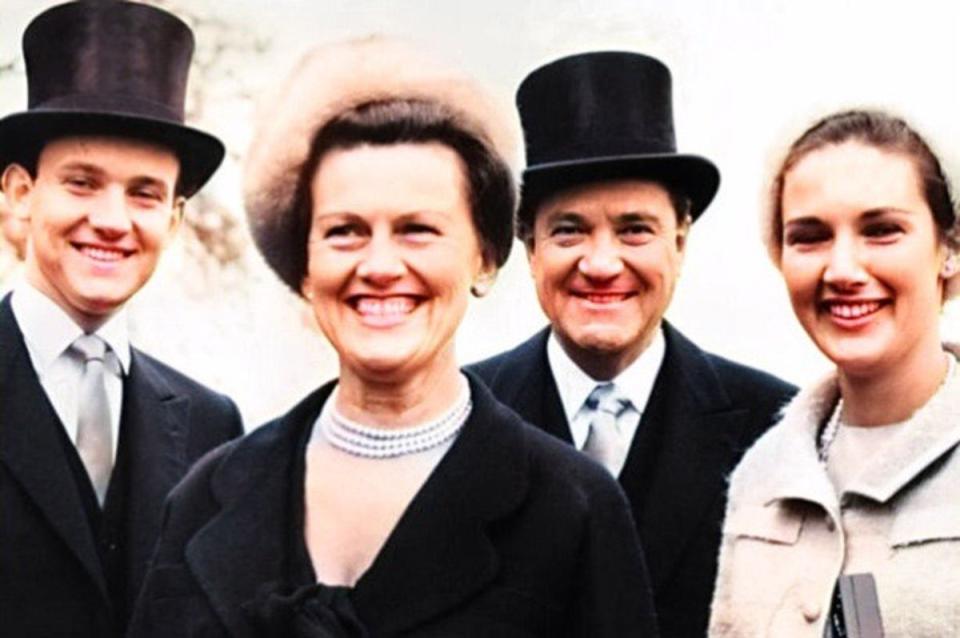
Mark told me he had seen how devastated his mother had been by the kidnapping. He was unsure it would be beneficial for her to travel to the meeting, but Dianne decided she was going. The reasoning, she explained, was that she wanted to support her son who she worried could be overwhelmed. It would not be hard for her, she said, certainly not in the way it had been in the past.
“I managed to bury everything and get on with my life”, she says. “Over the years, we didn’t know if he was alive, dead, in prison again – and of course we didn’t care.” In the years after her mother’s disappearance, and as she entered her thirties, Dianne could not accept she was gone and would see her in dreams, would look around for her, wherever she went. Not having a body was the hardest thing. It meant she could still be out there.
When Alick remarried, Rupert Murdoch was his best man. Mark Dyer told me that Muriel’s disappearance “was terribly traumatic and awful” for Murdoch too and that he has continued to support the family. Then in 1983, Alick died suddenly of a heart attack while he was on holiday in Australia. Her father’s death, in her early forties, had prompted a reckoning for Dianne. “I suddenly realised that my mother had to be dead, because up until then I’d kept her alive, I used to look everywhere I was going. I was always looking.”
These events triggered what she calls a “complete breakdown” for which she was hospitalised. “I needed to be looked after, because I’d been running all my life.”

A real chance of finding some answers didn’t come until the broadcast of a 2021 documentary The Wimbledon Kidnapping, made for Sky by Caravan Media with executive producer Dinah Lord and producer Joanna Bartholomew. Bartholomew tracked down Nizamodeen to Trinidad and, together with the family’s support they began to piece together the whole story.
“Dinah lit the fire, she is my hero”, says Mark Dyer. When he watched the film, privately, with his mother, a door opened. “I said, mum, look, we can solve the crime.”
Nizamodeen began talking to the family in late 2021, soon after the broadcast of the documentary. They hired a lawyer, Matthew Gayle, to act as a go-between in the hope he would confess what had really happened to Muriel. At one stage Nizamodeen signed an agreement to be paid £40,000 in staged payments, in return for leading the family to Muriel’s remains. Then he declined their offer. “I don’t want the money. I want closure, I want Dianne to have closure”, Nizamodeen told Mark. Slowly, Nizamodeen’s version of the story has unfolded.
In 1969, Nizamodeen had a girlfriend, Liley Mohammed, who worked as a nurse. He has since told Mark and Dianne that Liley obtained some drugs, Mogadon and Largactil, and these were given to Muriel to sedate her. In his account, Nizamodeen says they never meant to kill her, but as she became unconscious she died from a heart attack.
He said, he alone carried her body out of the house and buried her near to a manure heap, not far from the main farmhouse. Nizamodeen has said it happened on New Year’s Eve, after the McKay family had appeared in a televised appeal. Dianne tells me, “I hope she was dead when he buried her.”
This has haunted me since I was a kid. It’s going to be an incredible meeting, I mean I am programmed to hate his guy, to want to destroy him. But none of that helps me
In April 2022, armed with Nizamodeen’s new information, the Met Police turned up at the farm – since renamed Stocking Farm – and dug for a few days without success. Police have now told the family they will start a new dig at the farm on July 15 and Mark has been working with them and the farm owner to map out the parameters of the new search.
Mark tells me he believes the farm is cursed, and reveals that there was a second killing at Rooks Farm, in the early 1970s when the new owner, Anthony Wyatt, got into a fight with an uninvited guest at a family wedding reception he was hosting, and stabbed him with a sickle. Wyatt drove the body of John Scott into London and left it there, where it was found. Wyatt was subsequently convicted of manslaughter.
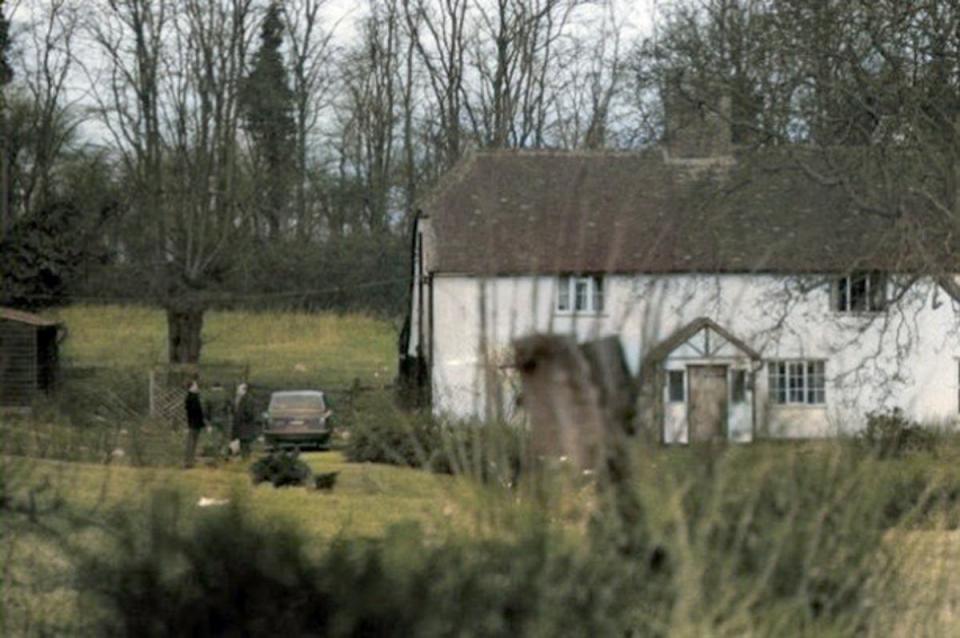
But can Nizamodeen’s information be trusted? With his cooperation, Mark Dyer obtained Nizamodeen’s Home Office file, including the records of his imprisonment and deportation and they portray a complex figure. Initially seen as someone who was manipulative and showed signs of a psychopathic personality disorder, by the end of his sentence he emerges as a trusted, integrated prisoner who some staff considered pleasant.
For a long time he was in denial about his role in the crime, focused only on achieving release and getting back to Trinidad. Some reports detected in Nizamodeen “the desire to unburden himself” and this is what Mark and Dianne have clung on to. After our meeting, Mark sent me a short video clip. It is Nizamodeen speaking. “I can still remember where the body is. I still remember. I can go to the spot.”
Nizamodeen Hosein has told them he buried Muriel McKay in the green coat she was wearing when she was abducted. If he is telling the truth and the new dig is successful, Dianne and Mark will finally be able to find the peace that has been denied to them for all these years.
A version of this story was first published in January this year

 Yahoo News
Yahoo News 
